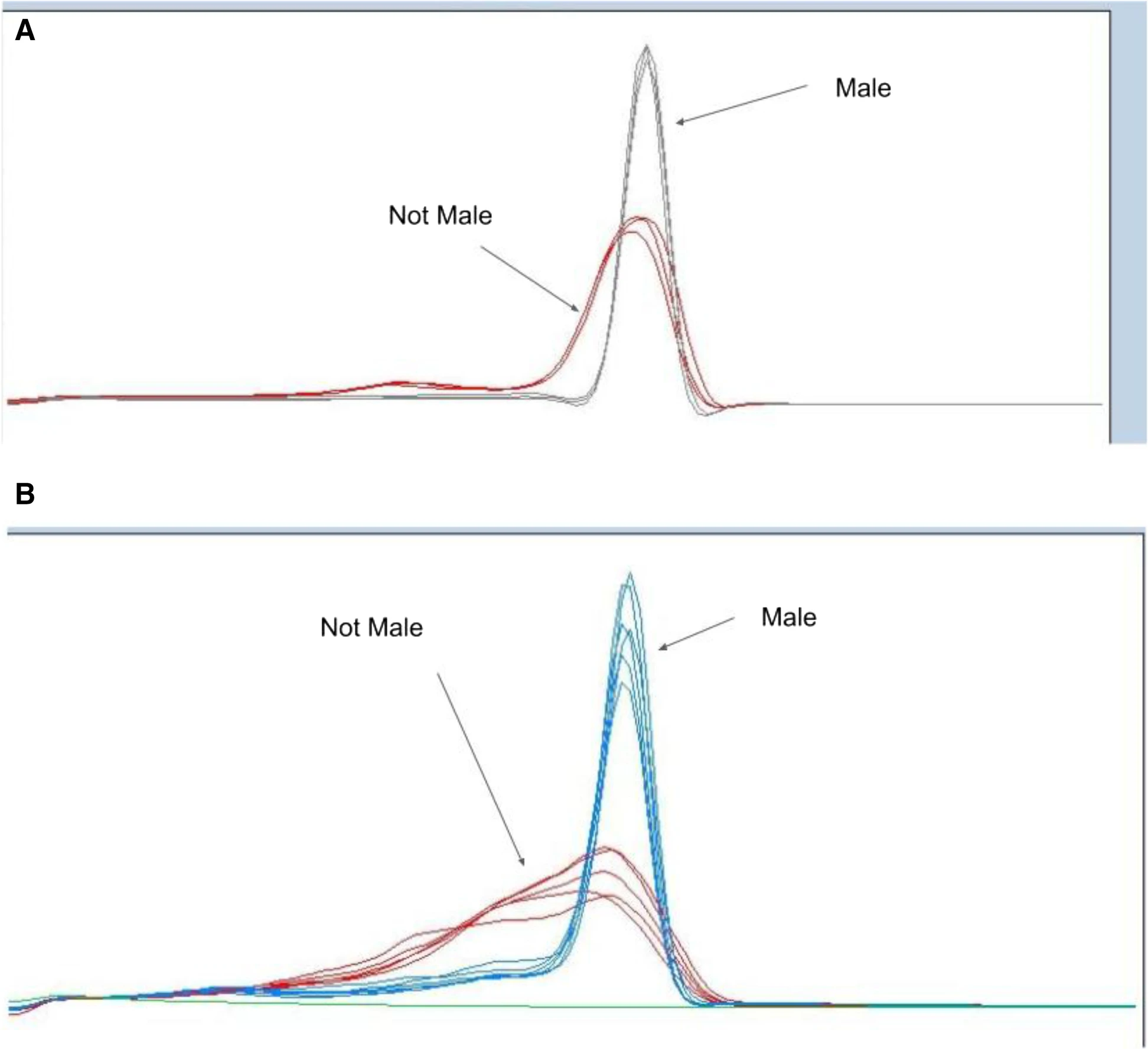Difference between revisions of "Main Page/Featured article of the month/2023"
Shawndouglas (talk | contribs) (Added last month's article of the month) |
Shawndouglas (talk | contribs) (Added last month's article of the month) |
||
| Line 16: | Line 16: | ||
<!-- Below this line begin pasting previous news --> | <!-- Below this line begin pasting previous news --> | ||
<h2 style="font-size:105%; font-weight:bold; text-align:left; color:#000; padding:0.2em 0.4em; width:50%;">Featured article of the month: March 2023:</h2> | <h2 style="font-size:105%; font-weight:bold; text-align:left; color:#000; padding:0.2em 0.4em; width:50%;">Featured article of the month: April 2023:</h2> | ||
<div style="float: left; margin: 0.5em 0.9em 0.4em 0em;">[[File:Fig2 Torres JofCannRes22 57.png|220px]]</div> | |||
'''"[[Journal:High-throughput methods to identify male Cannabis sativa using various genotyping methods|High-throughput methods to identify male Cannabis sativa using various genotyping methods]]"''' | |||
"''[[Cannabis sativa]]'' is a primarily [[Dioecy|dioecious]] angiosperm that exhibits sexual developmental plasticity. Developmental genes for staminate male flowers have yet to be elucidated; however, there are regions of male-associated DNA from ''[[Cannabis]]'' (MADC) that correlate with the formation of pollen-producing staminate flowers. MADC2 is an example of a [[polymerase chain reaction]]-based (PCR-based) genetic marker that has been shown to produce a 390-bp amplicon that correlates with the expression of male [[phenotype]]s. We demonstrate applications of a cost-effective high-throughput male [[genotyping]] assay and other genotyping applications of male identification in ''Cannabis sativa'' ... ('''[[Journal:High-throughput methods to identify male Cannabis sativa using various genotyping methods|Full article...]]''')<br /> | |||
|- | |||
|<br /><h2 style="font-size:105%; font-weight:bold; text-align:left; color:#000; padding:0.2em 0.4em; width:50%;">Featured article of the month: March 2023:</h2> | |||
<div style="float: left; margin: 0.5em 0.9em 0.4em 0em;">[[File:Tab4 Djilali Matab22 12-9.png|220px]]</div> | <div style="float: left; margin: 0.5em 0.9em 0.4em 0em;">[[File:Tab4 Djilali Matab22 12-9.png|220px]]</div> | ||
'''"[[Journal:Effects of the storage conditions on the stability of natural and synthetic cannabis in biological matrices for forensic toxicology analysis: An update from the literature|Effects of the storage conditions on the stability of natural and synthetic cannabis in biological matrices for forensic toxicology analysis: An update from the literature]]"''' | '''"[[Journal:Effects of the storage conditions on the stability of natural and synthetic cannabis in biological matrices for forensic toxicology analysis: An update from the literature|Effects of the storage conditions on the stability of natural and synthetic cannabis in biological matrices for forensic toxicology analysis: An update from the literature]]"''' | ||
Revision as of 19:15, 1 May 2023
|
|
If you're looking for other "Article of the Month" archives: 2020 - 2021 - 2022 - 2023 |
Featured article of the month archive - 2023
Welcome to the CannaQAwiki 2023 archive for the Featured Article of the Month.
Featured article of the month: April 2023:"High-throughput methods to identify male Cannabis sativa using various genotyping methods" "Cannabis sativa is a primarily dioecious angiosperm that exhibits sexual developmental plasticity. Developmental genes for staminate male flowers have yet to be elucidated; however, there are regions of male-associated DNA from Cannabis (MADC) that correlate with the formation of pollen-producing staminate flowers. MADC2 is an example of a polymerase chain reaction-based (PCR-based) genetic marker that has been shown to produce a 390-bp amplicon that correlates with the expression of male phenotypes. We demonstrate applications of a cost-effective high-throughput male genotyping assay and other genotyping applications of male identification in Cannabis sativa ... (Full article...)
|


